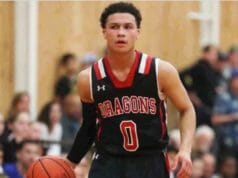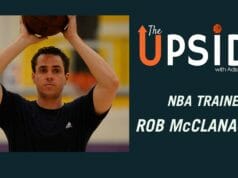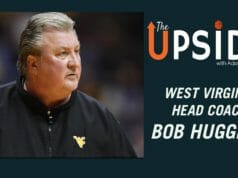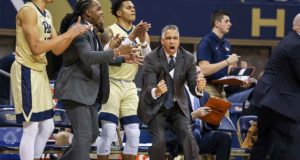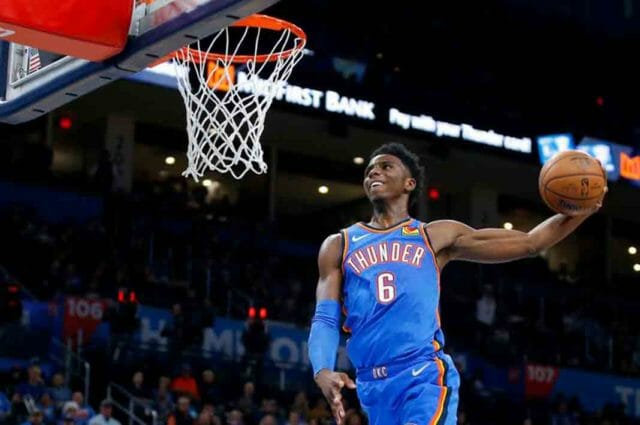
Last week we “re-did” our 2018 rankings, highlighting the vast changes that have taken place in one of the most celebrated high school classes to come through New England in recent years.
Predictably, lots had changed, not just because of variations in the players’ respective rates of development but also because the game itself had changed, as college basketball is far different than high school, grassroots, or even prep school ball.
The exercise of revisiting former classes isn’t just a productive one from an evaluator’s perspective, as it can highlight certain traits that were potentially undervalued initially, but also from the prospect’s perspective, as it illustrates the correlation between opportunity and success vs. level and success.
Finally, if the feedback we’ve gotten in the last week is any indication, it’s also a fun exercise for fans who remain interested in how the former prep stars are doing in the next stages of their career.
With all that in mind, we decided to go back one year further and re-rank the class of 2017, a group where our initial evaluations have held up well, even in the three years since, especially at the top of the class.
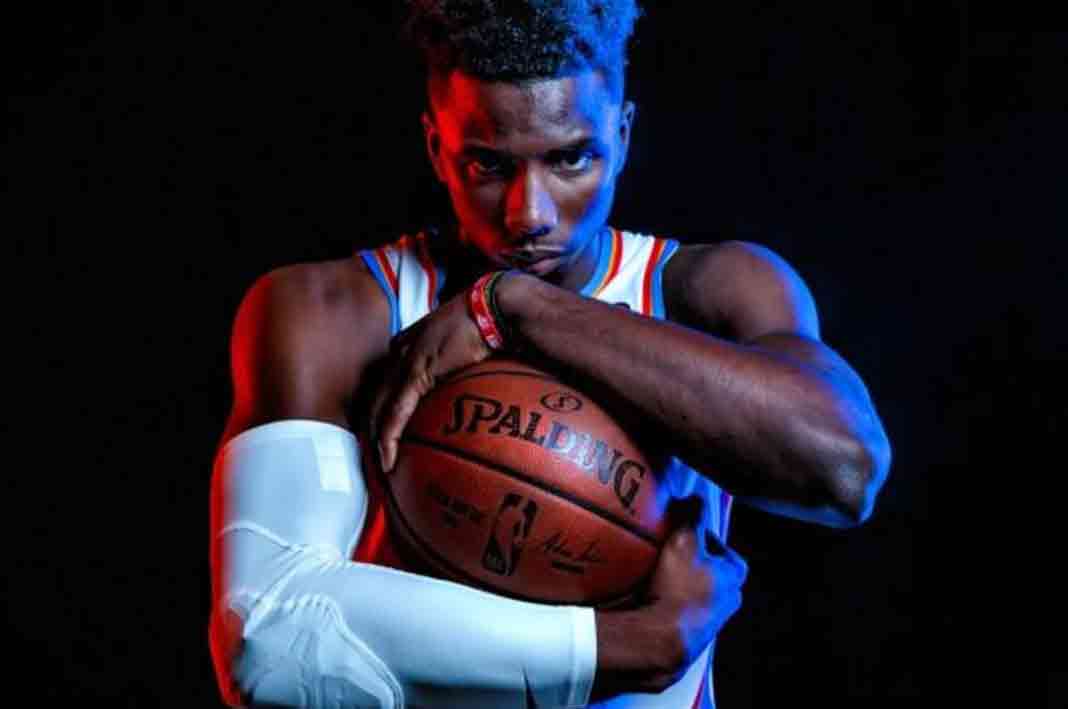
#1 Hamidou Diallo, Putnam Science Academy, Kentucky, OKC Thunder (Original Ranking #1)
2019-20 Stats: 18.4 min, 6.1 pts, 3.2 reb, 0.6 ast, 0.7 stl, 45% FG, 20% 3pt, 62% FT
Diallo was a one-and-done (or perhaps better said one-and-a-half-done after joining Kentucky at mid-year of the previous season) as expected, but he slipped to the second round of the draft, which meant that a guaranteed contract wasn’t a certainty.
Not only did he get that contract but he’s backed it up, getting 10 minutes of action per game for the Thunder in his rookie season and increasing his production, in every single statistical category, in his second season.
He’s still limited as a shooter, but his athleticism, even relative to NBA competition, still differentiates him and has allowed head coach Billy Donovan to utilize him in creative ways.
#2 Tremont Waters, Notre Dame West Haven, LSU, Boston Celtics/Maine Red Claws (Original Ranking #2)
2019-20 Stats: 33.8 min, 18pts, 3.2 reb, 7.3 ast, 1.9 stl, 43% FG, 36% 3pt, 78% FT
Waters two-year college career was nothing short of brilliant, not just because of his immediate and consistent production, but because of the correlation between his arrival and LSU’s rise up in college basketball.
Amidst some controversy surrounding the program, he opted for the draft after his sophomore year and was selected by the Celtics in the second round.
He faced unspeakable adversity shortly afterwards following the death of his father, Ed Waters, but showed his resiliency with a great season in the G-League while simultaneously splitting time with the Celtics.
He remains an absolute maestro with the ball in his hands who’s unique skill-set allows him to compensate for his lack of prototypical NBA size.
#3 Jordan Nwora, Vermont Academy, Louisville (Original Ranking #5)
2019-20 Stats: 33.1 min, 18 pts, 7.7 reb, 1.3 ast, 44% FG, 40% 3pt, 81% FT
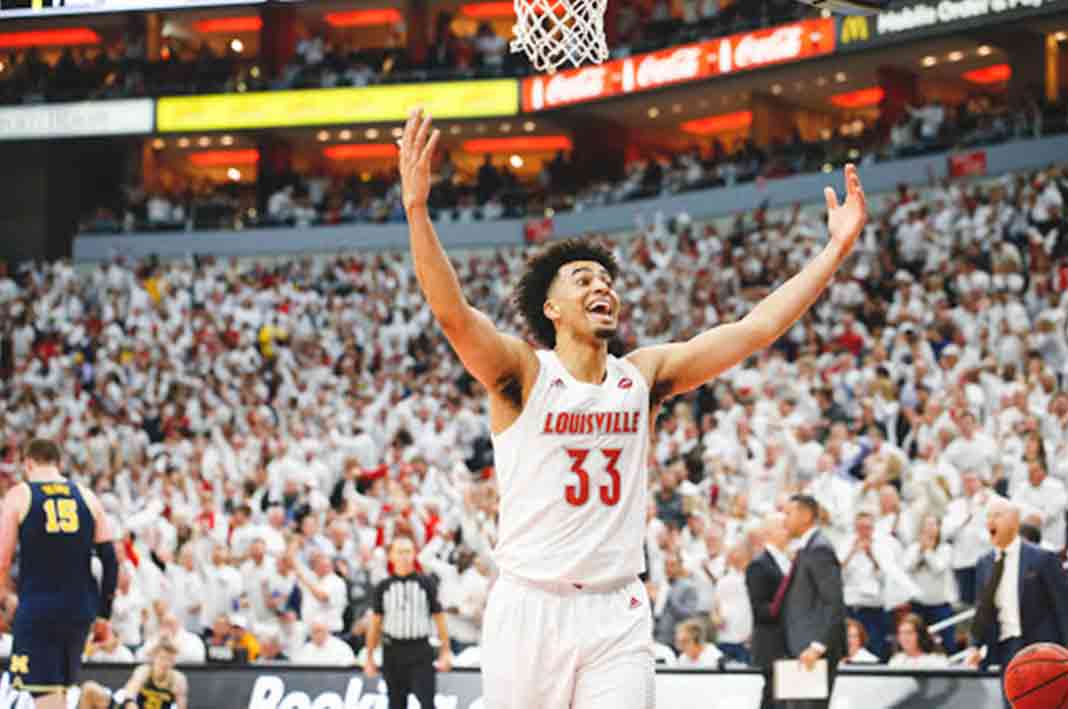
Nwora had blossomed into an elite shot-maker and big scoring wing during his final year in the prep ranks, but his struggles with his conditioning persisted.
When he committed to Rick Pitino’s Louisville program, the thought was that he would flourish under the Hall-of-Famer as he possessed the elite skill (shooting) that Pitino had historically prioritized while his biggest liability (conditioning) was an area where Pitino’s track-record was undeniable.
Ironically though, Nwora’s ascension into one of the best players in college basketball happened under Chris Mack, who took over the Louisville program after Nwora’s freshman year. Nwora went from playing 12 minutes and scoring under 6 points as a freshman to 32 minutes, 17 points, and almost 8 rebounds as a sophomore.
As a junior, he was widely credited with being one of the best players, and shooters, in college basketball and now he’s headed to the upcoming NBA Draft.
#4 Jermaine Samuels, Rivers, Villanova (Original Ranking #4)
2019-20 Stats: 30.3 min, 10.7 pts, 5.5 reb, 2.0 ast, 0.7 blk, 0.9 stl, 46% FG, 28% 3pt, 73% FT
Jermaine Samuels was one of the most celebrated high school freshmen we’ve seen in New England over the last decade.
Those types of early expectations are a huge burden for someone so young and typically lead to a variety of challenges and negative implications which can include a lack of humility and work-ethic.
Samuels though, is the exception to the rule. Even by the end of his high school (and more specifically his EYBL) career, he had bought into being the hardest playing guy on the floor.
He joined college basketball’s most successful program over the last five years, earned immediate playing time but simultaneously paid his dues while growing both his game and his role with each passing year.
Now, he’s one of the most versatile players in the Big East and often described as “a winner.” While his three-point shooting will need to continue to evolve to satisfy his NBA aspirations, he’s produced and won at the very highest levels of college basketball.
#5 Hasahn French, Springfield Commonwealth, Saint Louis (Original Ranking #8)
2019-20 Stats: 31.9 min, 12.4 pts, 10.4 reb, 2.3 ast, 2.6 blk, 1.0 stl, 52% FG, 33% FT
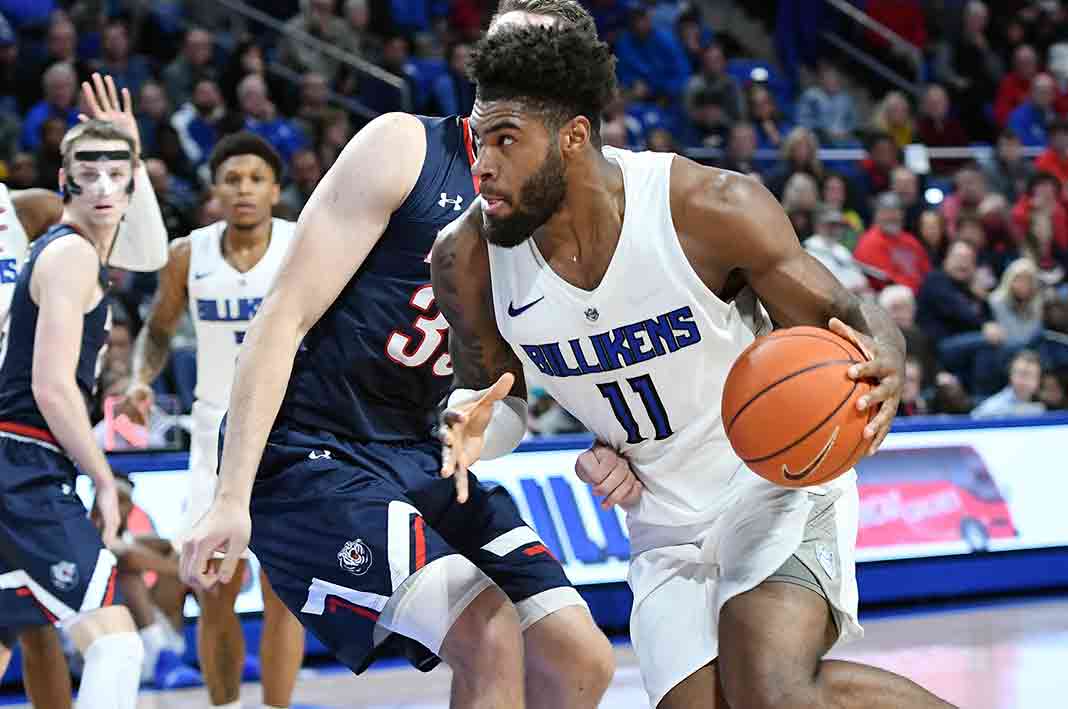
There was no doubt that French was going to be a terror in the Atlantic 10.
That’s why he finished among the ESPN 100 and top 8 prospects in New England. He was a starter from day one, all-rookie selection as a freshman, and all-conference in the next two years.
Essentially, French’s career has gone almost exactly as expected, except for the fact that he’s also become one of the best shot-blockers in college basketball, despite still being an undersized big man at 6-foot-7 (generously). Yes, his long arms help him to compensate but French’s motor and toughness have always been his best assets.
He’s also been named to the A-10’s All-Defensive team twice, set Saint Louis’ single-season record for blocks, and broke the program record in less than three years.
Simultaneously, the Billikens won the A-10 in 2019 and were poised to head back to the big dance in 2020 having won 23 games when the season ended.
#6 Chris Duarte, Redemption Christian, NW Florida State/Oregon (Original Ranking #20)
2019-20 Stats: 30.1 min, 12.9 pts, 5.6 reb, 1.6 ast, 1.7 stl, 41% FG, 34% 3pt, 80% FT
Duarte’s talent was never in question.
He was a big, fluid wing with good shot-making ability and emerging guard skills. But his final year in the prep ranks was a bit of a circus and that led to questions about his long-term reliability.
He left MacDuffie School mid-year for Redemption Christian Academy while simultaneously committing to Western Kentucky only to subsequently end up in the junior college ranks. It was in the junior college ranks that he showed what he could do with some stability.
Duarte was a first team All-American in the NJCAA as a freshman and the Player of the year as a sophomore after averaging 19 points and 7 rebounds while leading NW Florida State to the elite 8.
He joined Oregon this year as a junior and was an immediate weapon for an Oregon team that was 24-7 and atop the Pac-12 when the season was cancelled, not just as a scorer but also a wing-rebounder and defensive playmaker.
#7 Kellan Grady, Northfield Mount Hermon, Davidson (Original Ranking #10)
2019-20 Stats: 35.8 min, 17.2 pts, 4.2 reb, 2.5 ast, 1.2 stl, 46% FG, 37% 3pt, 80% FT
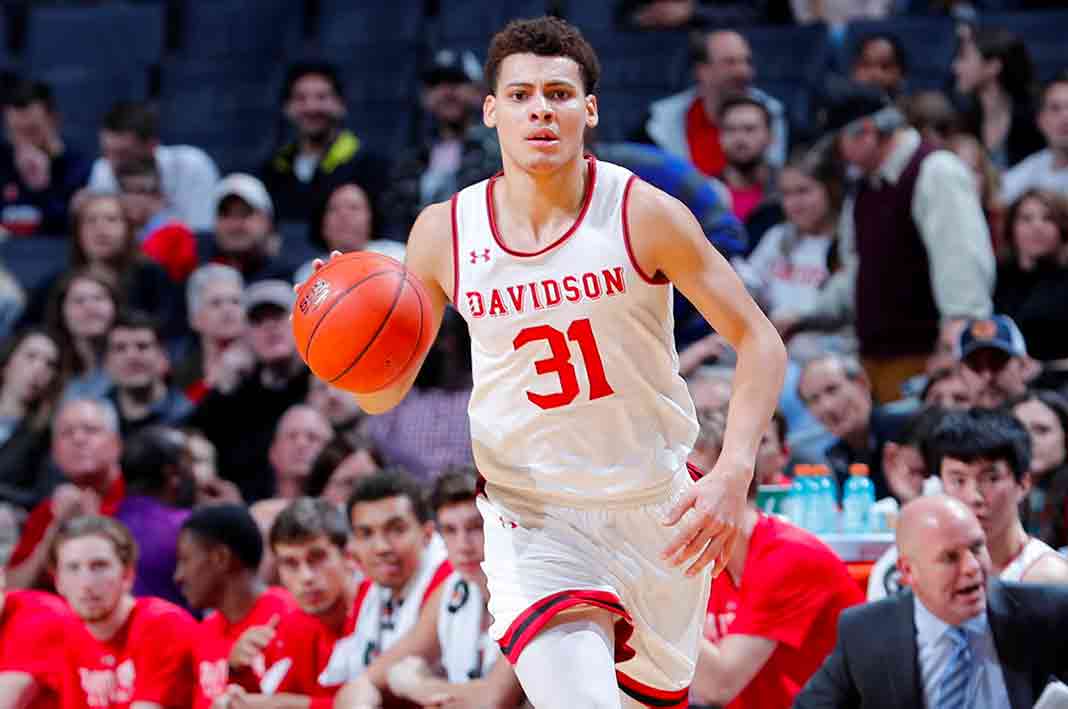
During his freshman year, Grady looked like he was the most under-rated prospect in New England’s 2017 class. He was putting up huge numbers, ran away with the A-10 Rookie of the Year, and was getting NBA Draft buzz.
The evaluation has “regressed toward the mean” somewhat in the years since though, not because Grady hasn’t been one of the league’s best players, but because he was always projected to eventually be that, while the potential for sheer dominance that he showed as a freshman hasn’t ascended any further as of yet.
His case study is a particularly fascinating one because while his talent was always undeniable, potential often exceeded production on the biggest stages until a huge final showing at the National Prep Championship in his senior year.
Additionally, the other factors that gave us pause (he was older, even by prep standards, for his grade and had been injury prone) are ones that historically pan out with a relatively high degree of probability.
#8 Geo Baker, Proctor Academy, Rutgers (Original Ranking #13)
2019-20 Stats: 28.9 min, 10.9 pts, 3.0 reb, 3.5 ast, 1.1 stl, 40% FG, 28% 3pt, 77% FT
Rutgers was Baker’s only high-major offer.
Part of that was because he had spurned opportunities to play on sneaker circuits, but he also didn’t necessarily look the part. He was undeniably skilled but he was skinnier, frailer, and even less explosive than most other prospects being recruited at the highest levels.
Rutgers proved to be the perfect fit as incoming head coach Steve Pikiell had immediate playing time, offensive freedom, and a proven strength-trainer to offer.
Baker’s body made an immediate jump in the summer before his freshman year and he’s been a full-time starter, barring some struggles with injuries this year, and double figurer scorer since.
The other factor for Baker has been the progression of his playmaking skills. He was always more of a throwback style two-guard in high school, but he’s evolved into a true combo, maybe even lead-guard, whose ability to make plays for others only enhances already advantageous positional size.
#9 Marcus Santos-Silva, Vermont Academy, VCU/Texas Tech (Original Ranking #25)
2019-20 Stats: 27.2 min, 12.8 pts, 8.9 reb, 0.9 ast, 1.3 blk, 1.1 stl, 57% FG, 55% FT
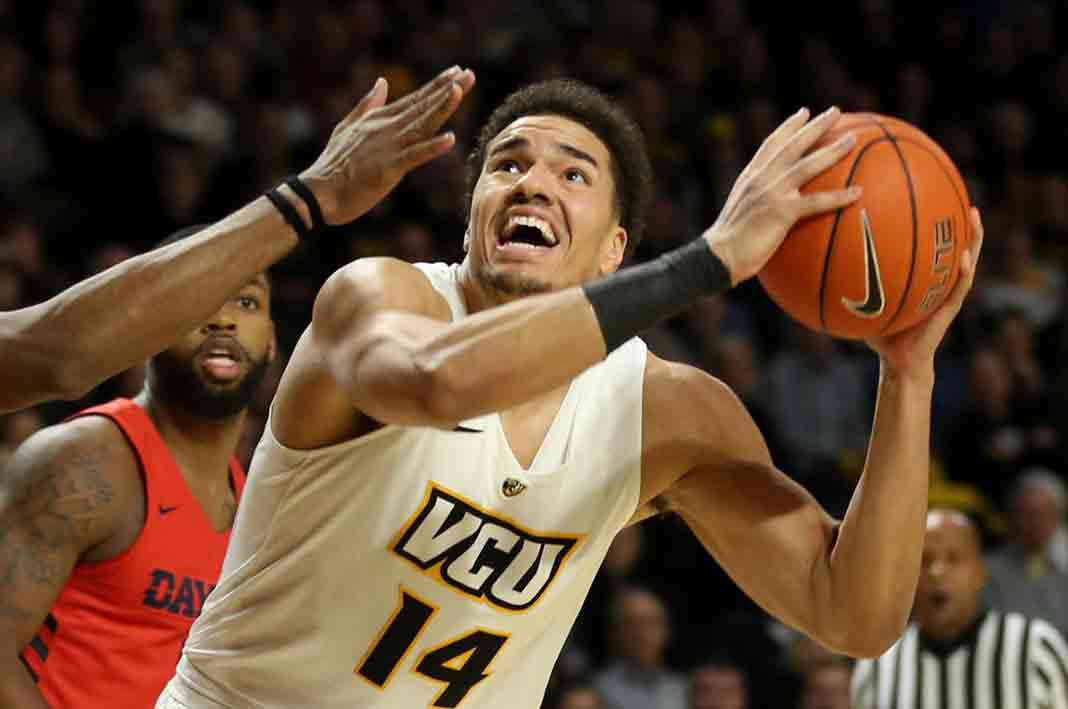
With Nwora and Christian David (Butler) being the two most-prominent pieces on VA’s 2016-17 team, it would be easy to say that Santos-Silva was under-the-radar. But that wasn’t the reality.
The initial eval – an undersized but wide-bodied big with very long arms and soft hands who could produce around the rim but not stretch the floor – was accurate.
Accordingly, when he cracked VCU’s rotation as a freshman but didn’t stand out in any way, that was about right. What accounts for the gap between what he is today and where he was projected three years ago though has been his rate of improvement.
Ironically, Santos-Silva’s game is still very much predicated on the same things as it was then. However, his commitment to his body and his conditioning is vastly different and by maximizing the foot speed and lateral quickness that were once question marks, he’s been more able utilize his length and hands to become a constant double-double threat who will now play his final year at Texas Tech.
#10 Wabissa Bede, Cushing Academy, Virginia Tech (Original Ranking #7)
2019-20 Stats: 29.8 min, 5.2 pts, 5.5 ast (1.7 to), 3.7 reb, 1.0 stl, 37% FG, 22% 3pt, 50% FT
Bede has always been a player whose impact could be measured less by individual stats and more by wins. That was true at the prep and grassroots levels and it’s also been true at Virginia Tech.
He took over as the team’s starting point guard as a sophomore and, not coincidentally, the team set a new record for wins with 26.
When Buzz Williams left for Texas A&M, and Mike Young took over, he returned to steady the ship and finished fourth in the ACC is assists.
His shooting was an unexpected struggle this year, as his three-point percentage dipped from 35% to 22% while he converted just 50% of his free-throws, but his leadership and intangibles remain unique.
Catch Adam Finkelstein on The Upside podcast. Recent guests include Jon Rothstein, Shaka Smart, Chris Herren and Paul Biancardi.





